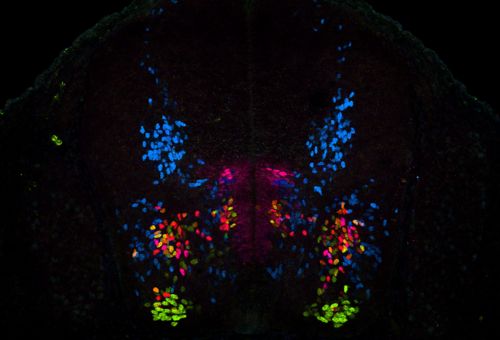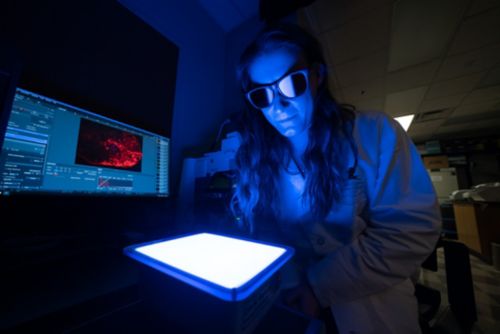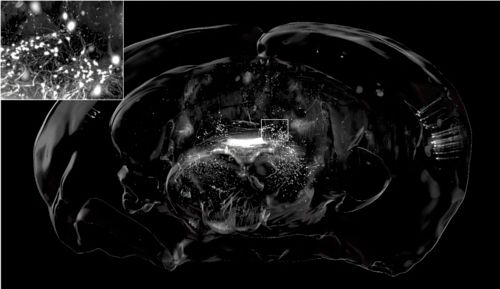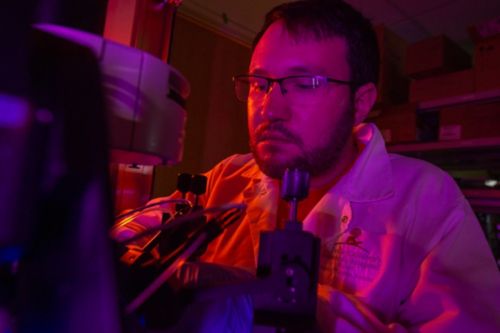St. Jude Family of Websites
Explore our cutting edge research, world-class patient care, career opportunities and more.
St. Jude Children's Research Hospital Home

- Fundraising
St. Jude Family of Websites
Explore our cutting edge research, world-class patient care, career opportunities and more.
St. Jude Children's Research Hospital Home

- Fundraising
Jay Bikoff Lab
Exploring development and functional organization of neural circuits controlling movement
About the Bikoff Lab
Understanding how the nervous system generates movement is a fundamental question in neuroscience. By studying the cellular identity, connectivity and function of neurons in the spinal cord and brain, our laboratory aims to reveal how neural circuits produce motor output. The dissection of these motor circuits is central to understanding how spinal cord injury and neurodegenerative disorders, such as amyotrophic lateral sclerosis (ALS), disrupt the ability to move.

Our research summary
Movement influences how we interact with the world. Our laboratory aims to understand the organization and function of neural circuits that control movement, with a particular focus on spinal circuits that serve as the final arbiters of motor output. Our efforts to understand the neural control of movement touch on many areas of neuroscience, including questions of cellular diversity, neuronal connectivity and behavior. Given the scope of this problem, we use a wide variety of approaches to study circuits that govern movement, including mouse genetics, viral tools, single-cell genomics, imaging and mouse behavior. Projects in the lab can be broadly organized into three thematic areas: dissecting the diversity of cell types in the nervous system, understanding the circuit architecture through which neurons receive and convey information, and defining the functional role of these circuits in motor control.

Cell type diversity in the nervous system
We use advanced single-cell transcriptomic and epigenomic methodologies, electrophysiology and computational approaches to reveal the molecular and cellular identity of diverse interneuron cell types in the spinal motor system. These studies provide a crucial foundation for the circuit-level dissection of vertebrate motor systems.

Connectivity of motor circuits
We are interested in understanding the synaptic architecture and circuit connectivity of neurons in the spinal motor system. Using viral tracing, optogenetics and whole-brain imaging approaches, we aim to define how distinct descending systems in the brain convey information to molecularly discrete populations of spinal interneurons and how these interneurons in turn control motor output.

Functional dissection of spinal motor circuitry
We are interested in understanding how the spinal motor system takes advantage of a huge diversity of neuronal types to generate behavior. Toward this end, we use genetically tractable mouse models to manipulate neuronal activity in specific interneuron subsets and explore the functional consequences of these perturbations on motor output using electromyography and high-resolution kinematic and behavioral analysis.
Publications
Contact the Bikoff Lab
Jay B. Bikoff, PhD
Developmental Neurobiology
MS 322, Room M2425
St. Jude Children’s Research Hospital

Memphis, TN, 38105-3678 USA GET DIRECTIONS